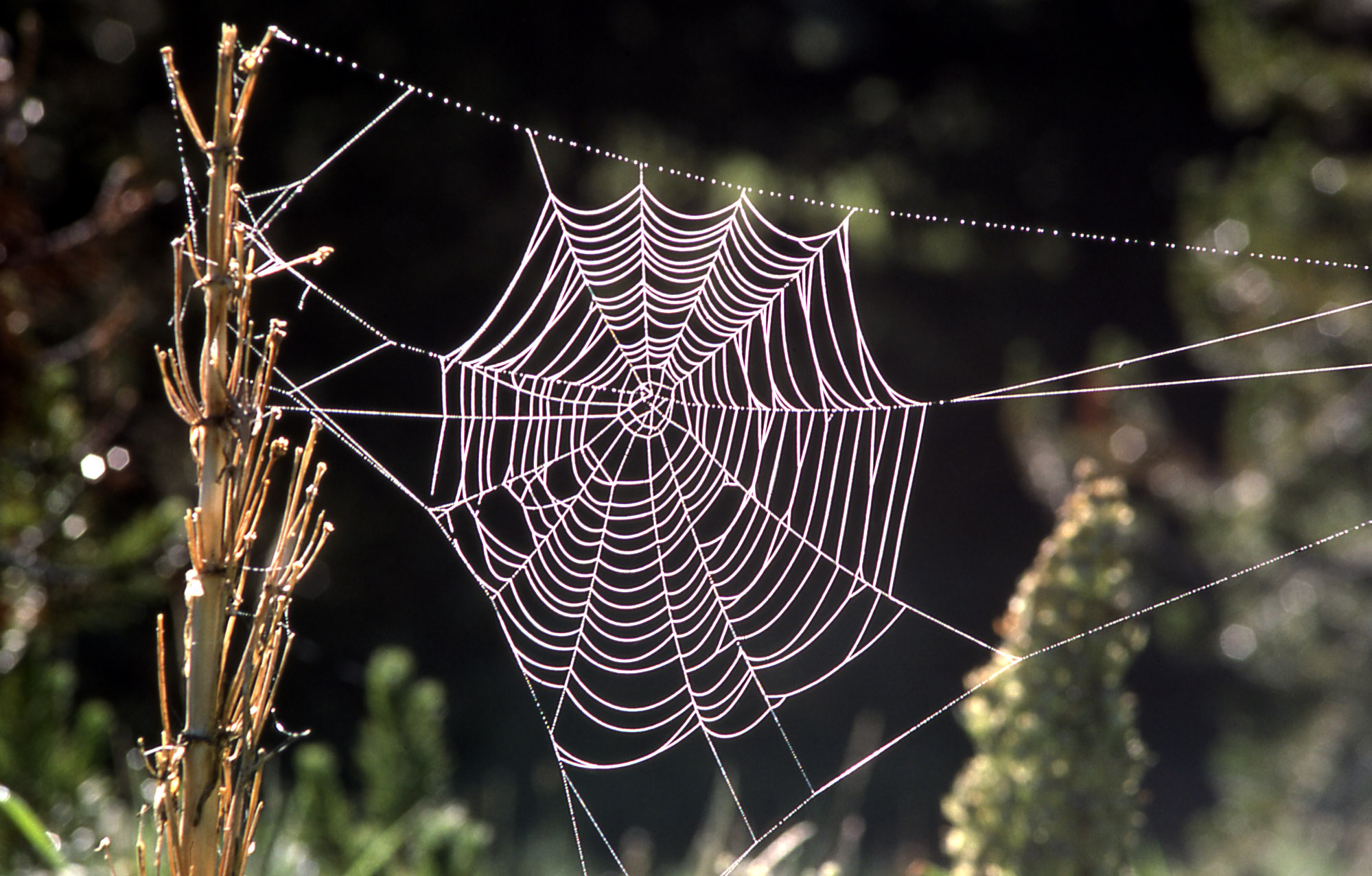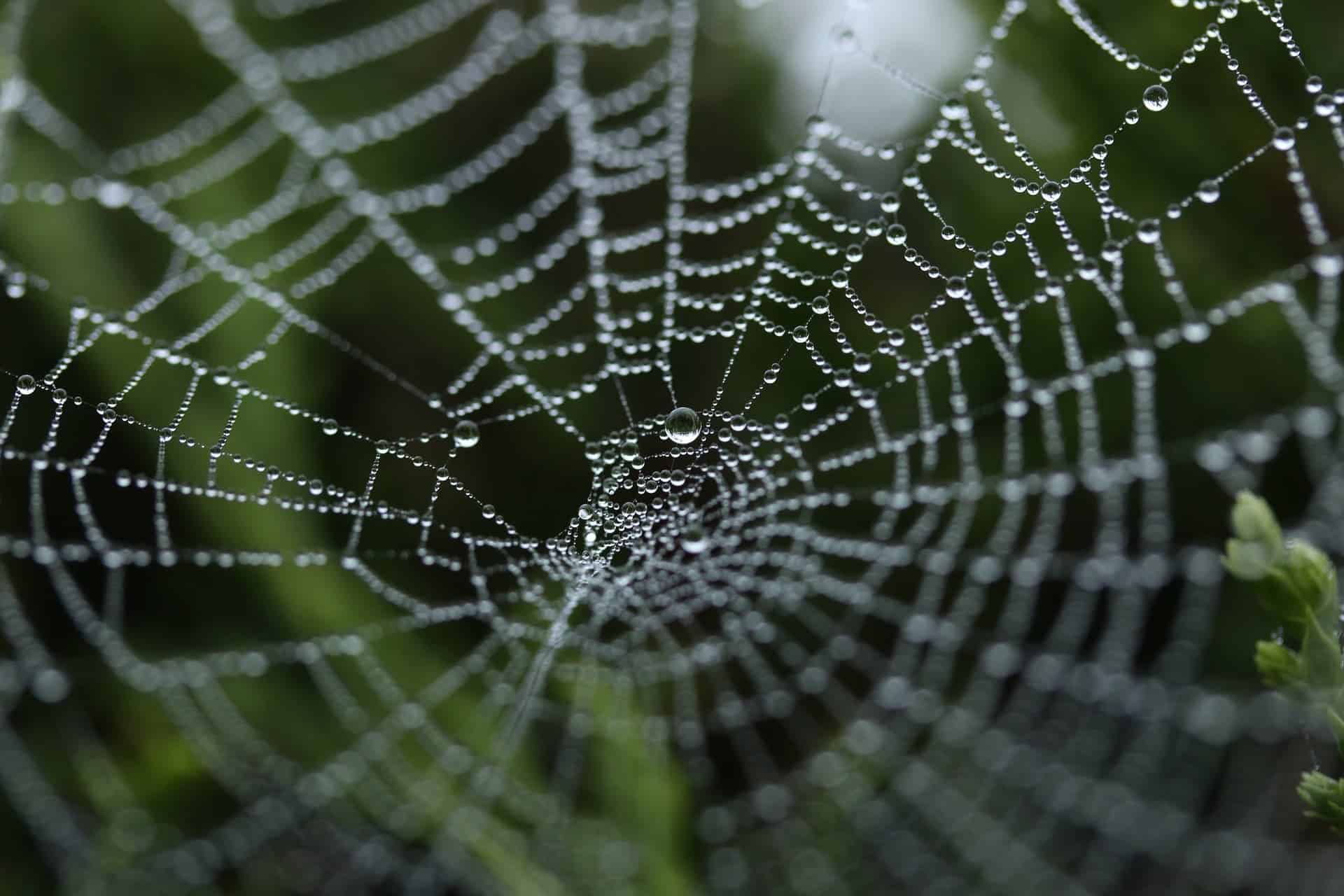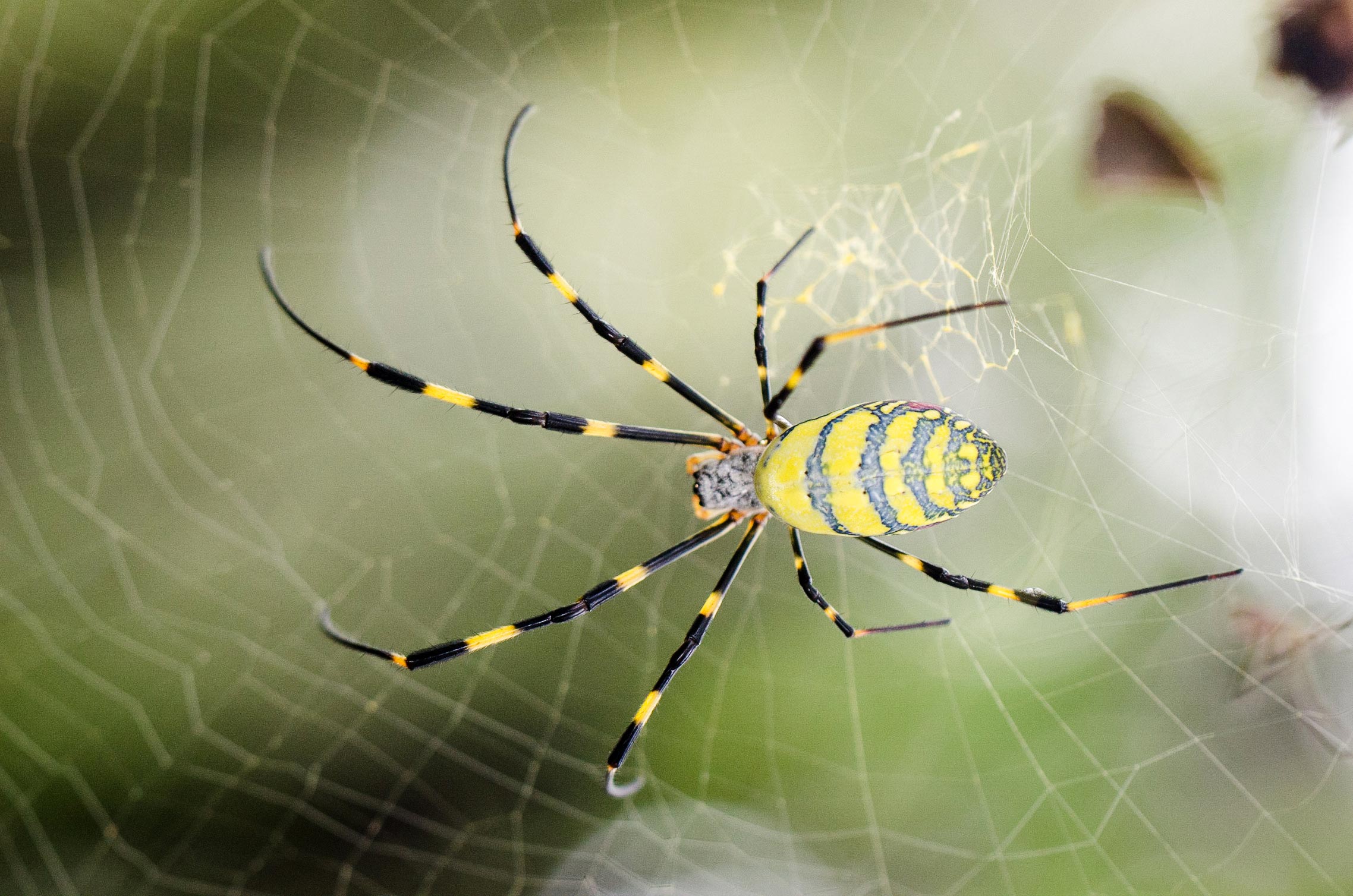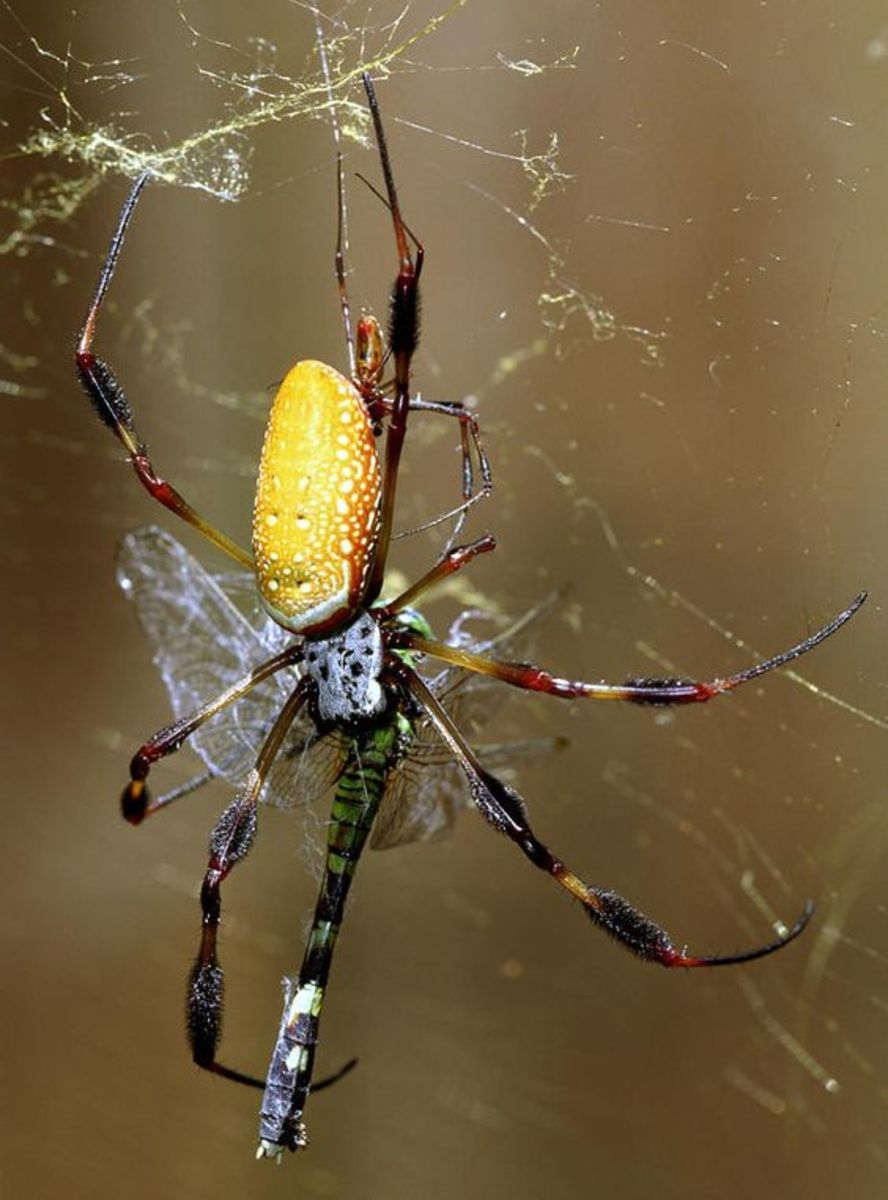
The Marvel of Spider Silk
Spider silk is a remarkable natural material that has fascinated scientists and researchers for centuries. It is renowned for its incredible strength, flexibility, and versatility. Spiders produce this unique silk to build their webs, capture prey, and protect their eggs. Let's delve into the mesmerizing world of spider silk and discover its extraordinary qualities.

The Composition of Spider Silk
Spider silk is primarily composed of proteins called fibroins, which are arranged in a complex molecular structure. The arrangement of these proteins gives spider silk its exceptional strength and elasticity. Additionally, spider silk contains other organic compounds, including glycoproteins and lipids, which further contribute to its unique properties.

Unraveling the Strength of Spider Silk
Spider silk is renowned for its impressive strength-to-weight ratio. It is stronger than steel and tougher than Kevlar, the synthetic material used in bulletproof vests. This unbeatable strength allows spider silk to withstand tremendous forces without breaking. Scientists are studying spider silk to develop new materials for various applications, from lightweight armor to high-performance textiles.

The Versatility of Spider Silk
Spider silk is incredibly versatile and can be adapted for various purposes. Different spider species produce different types of silk, each with its own unique properties. Some silks are ideal for building webs, while others are better suited for capturing prey or protecting eggs. This versatility has captured the attention of researchers, who are exploring ways to replicate and harness spider silk's exceptional qualities.

Spider Silk: A Biomimetic Inspiration
Spider silk's exceptional properties have inspired scientists and engineers to develop innovative biomimetic materials. Biomimicry involves imitating nature's designs and processes to solve human challenges. By studying spider silk's molecular structure and production mechanisms, researchers aim to create synthetic fibers with similar strength and flexibility, opening up possibilities for groundbreaking advancements in various industries.

Spider Silk in Medicine
The remarkable properties of spider silk have caught the attention of the medical field. Scientists are exploring its potential use in regenerative medicine, such as tissue engineering and wound healing. Spider silk's biocompatibility and ability to support cell growth make it a promising material for creating scaffolds that aid in the regeneration of damaged tissues and organs.

Spider Silk: A Sustainable Alternative
In addition to its extraordinary qualities, spider silk offers a sustainable alternative to conventional materials. Unlike synthetic fibers derived from fossil fuels, spider silk is produced by living organisms using readily available resources. By harnessing spider silk's production methods or developing synthetic equivalents, we can reduce our reliance on non-renewable resources and create environmentally friendly materials.
/GettyImages-177671791-58ab72923df78c345b48db91.jpg)
The Challenges of Spider Silk Production
Despite its immense potential, the production of spider silk on a large scale is challenging. Spiders are territorial and cannibalistic, making it difficult to farm them for silk production. Additionally, spiders produce relatively small quantities of silk, and extracting it without harming the spiders is a complex process. Overcoming these challenges is a focus of ongoing research in order to unlock the full potential of spider silk.

Spider Silk: A Web of Inspiration
Spider silk's exceptional properties and versatility continue to inspire scientists, engineers, and artists alike. Its intricate molecular structure and strength have become a source of inspiration for innovative designs, ranging from architecture to fashion. By studying spider silk, we unravel the secrets of nature's engineering marvels and pave the way for groundbreaking advancements across various disciplines.
